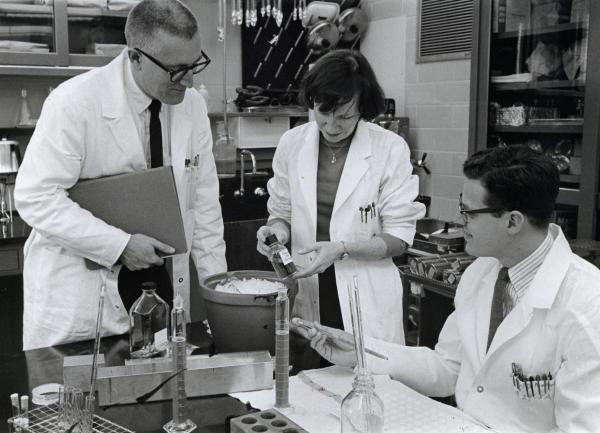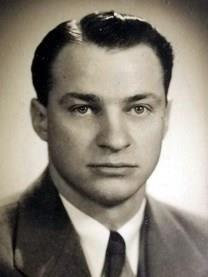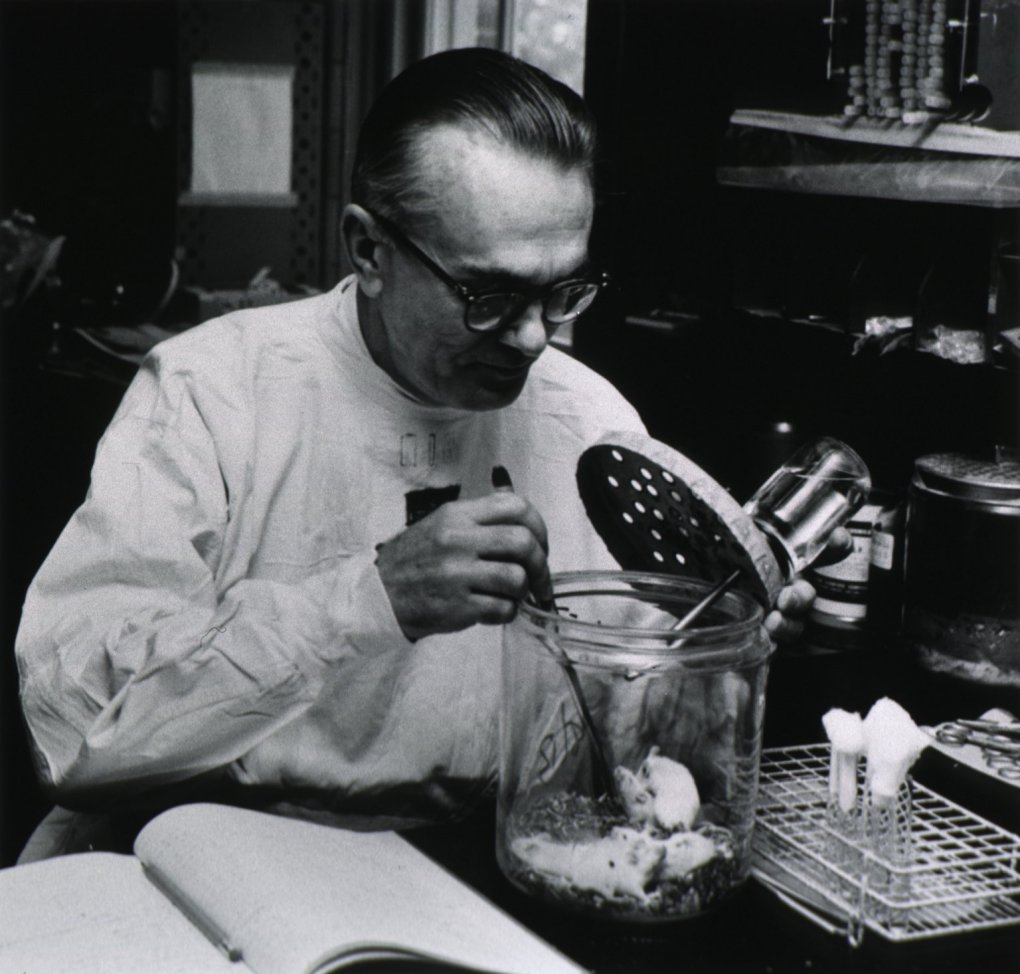A Long Tradition of Vaccine Breakthroughs
IRP Vaccine Research Stretches Back to the NIH’s Birth
Over the past few months, the world has gained a new appreciation for the long, difficult process of producing vaccines as it waits anxiously for one that will provide protection from the novel coronavirus. With the NIH Vaccine Research Center’s efforts to develop a COVID19 vaccine drawing a huge amount of media attention, it is easy to forget that the IRP has been making vital contributions to vaccine development for more than 100 years. These efforts have helped produce vaccinations for smallpox, rubella, hepatitis A, whooping cough, human papillomavirus (HPV), and several other diseases. Read on for a visual journey through the history of IRP vaccine research.



